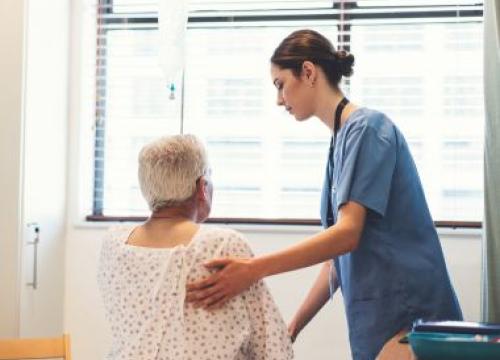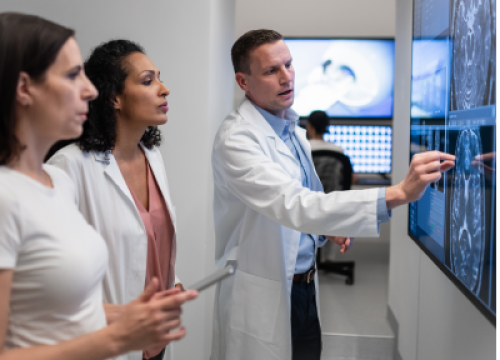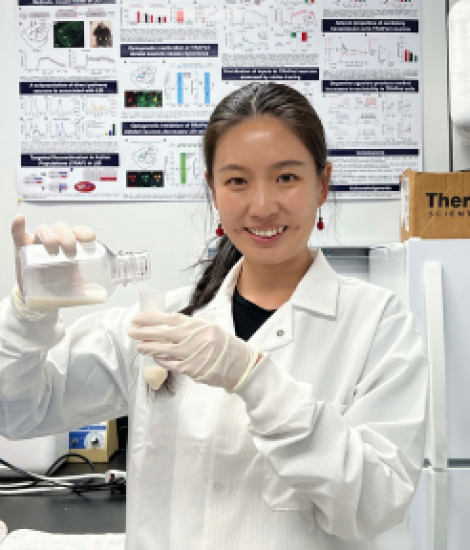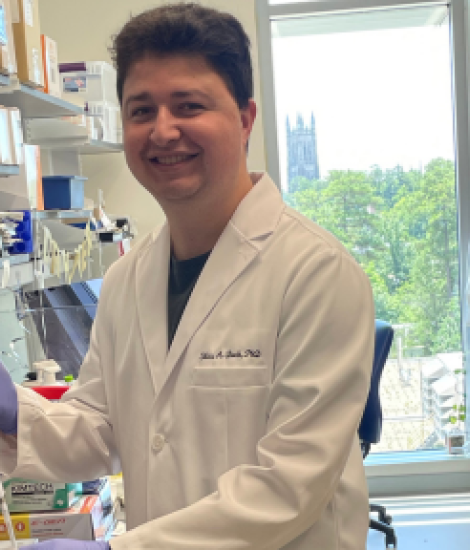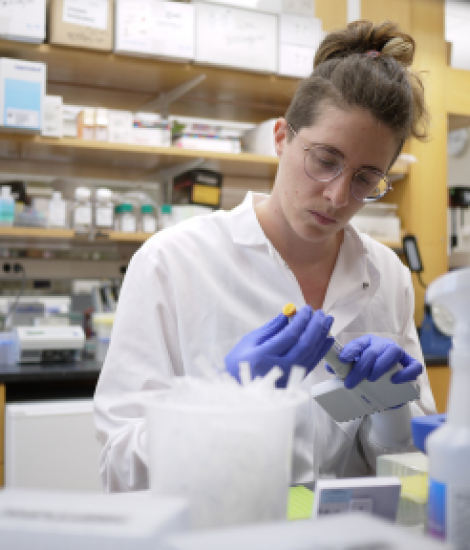New Continuous Pump Medication for Parkinson’s Completes Trials in Europe

PRODUODOPA is a new Parkinson’s drug delivered continuously via a pump, similar to insulin pumps used for people with diabetes. Clinical trials show that it can be an effective option for those whose medications are wearing off or who may have dyskinesia. The pump has the potential to reduce the number of pills a person takes each day.
Parkinson's disease (PD) is a progressive neurological disorder related to the loss of dopamine-producing brain cells. Dopamine, a neurotransmitter, plays a vital role in controlling movement. As dopamine levels decline, people with Parkinson's experience movement symptoms like tremors, stiffness, slowness of movement, along with non-movement symptoms.
The medication levodopa is a key treatment for Parkinson's. This medication works to alleviate movement symptoms by increasing dopamine levels in the brain, significantly improving quality of life for many people living with PD.

Levodopa is usually taken orally, several times a day. The challenge with taking it orally is that the relief it provides doesn’t last long — the half-life of levodopa is only 90 minutes, meaning that symptoms can start to reappear soon after taking it. This can lead to motor fluctuations — commonly referred to as “on” and “off” times. In addition, levodopa may not get properly absorbed because Parkinson’s is related to gastrointestinal issues. As a result, there is a need for PD therapies that can offer more consistently effective treatment for movement symptoms.
Multiple recent clinical trials completed in Europe show the safety and effectiveness of a new formulation of levodopa, called PRODUODOPA (foslevodopa/foscarbidopa), delivered continuously using a small, portable pump that steadily administers the medication under the skin. This technology is commonly used in insulin pumps for people with diabetes.
The pump allows for adjustable infusion rates and the ability to program extra doses. Users can reduce their infusion rate, which can be beneficial during sleep, and increase their rate or provide extra doses to address periods of the day when more medication is needed.
When a 2022 phase III clinical trial compared oral levodopa with continuous PRODUODOPA, the study showed that there was a:
-
Significant increase in time without movement symptoms (“on” time) with PRODUOPOA; and a
-
Decrease in time spent with movement symptoms when the medication wears off (“off” time).
The most common adverse effects of the pump were issues with the infusion site — such as swelling, pain or infection. Most of these events were mild and non-serious, however there have been people who have discontinued use of the pump due to adverse events or skin discomfort.
A pump isn’t for everyone — some people with PD may find that they don’t like using a pump because it can restrict their mobility compared to oral medications. The pump may also cause some discomfort.
But for most participants in the clinical trials, the pump was well tolerated. The studies found that continuous 24-hour infusion of PRODUODOPA provides more consistent symptom management than oral medications, leading to reduced motor fluctuations throughout the day and night.
Highlights
-
Compared to oral levodopa, continuous PRODUODOPA showed an increase in time without Parkinson’s symptoms (“on” time), and a decrease in time with symptoms (“off” time).
-
The pump allowed for adjustable infusion rates — reduced infusion rate can be beneficial during sleep, while an increased rate can address periods of the day when medication effects diminish.
-
Most side effects of continuous PRODUODOPA were mild, but in a recent phase III clinical trial adverse events caused 23% of participants to discontinue using the pump. The most common reason was due to issues with the infusion site, such as swelling, pain or infection.
What does this mean?
PRODUODOPA delivered via a continuous pump may be a more consistently effective way to reduce Parkinson’s symptoms compared to oral medications. While pumps can effectively deliver treatments, they can also restrict a person's mobility compared to oral medications. Some people may experience some discomfort or other adverse side effects with the pump.
What do these findings mean to the people with PD in the U.S. right now?
On October 17, 2024, the pharmaceutical company Abbvie announced that the U.S. Food and Drug Administration (FDA) approved VYALEV™, the same solution of foslevodopa-foscarbidopa as PRODUODOPA.
In other words, foslevodopa-foscarbidopa is now available in the U.S. under VYALEV, and available in Europe as PRODUODOPA. In the U.S., VYALEV was approved based on the results of the clinical trials mentioned in the above article. Read the full press release from Abbvie here.
If you are interested in VYALEV, talk to your PD doctor about next steps. Medicare coverage is expected in the second half of 2025.
A Note from our National Medical Advisor
“It is always a good day when we have more options for people with Parkinson's. I suspect VYALEV will be a useful approach for select people who have trouble with “off time” or motor fluctuations despite attempts by clinicians to change medication type, dose and frequency. This treatment is less powerful than deep brain stimulation. For those deciding on use of a pump, possible side effects can include skin irritation, hallucinations and dyskinesia. Everyone should understand that there is no reason why you cannot eventually combine therapies, and for example start with a pump and move later to a DBS or use both in combination,” said Michael S. Okun, MD, Parkinson’s Foundation National Medical Advisor and Director at the Norman Fixel Institute for Neurological Diseases.
Learn More
The Parkinson’s Foundation believes in empowering the Parkinson’s community through education. Learn more about PD and the topics in this article through our below resources, or by calling our free Helpline at 1-800-4PD-INFO (1-800-473-4636) for answers to your Parkinson’s questions.
Related Materials
Related Blog Posts


